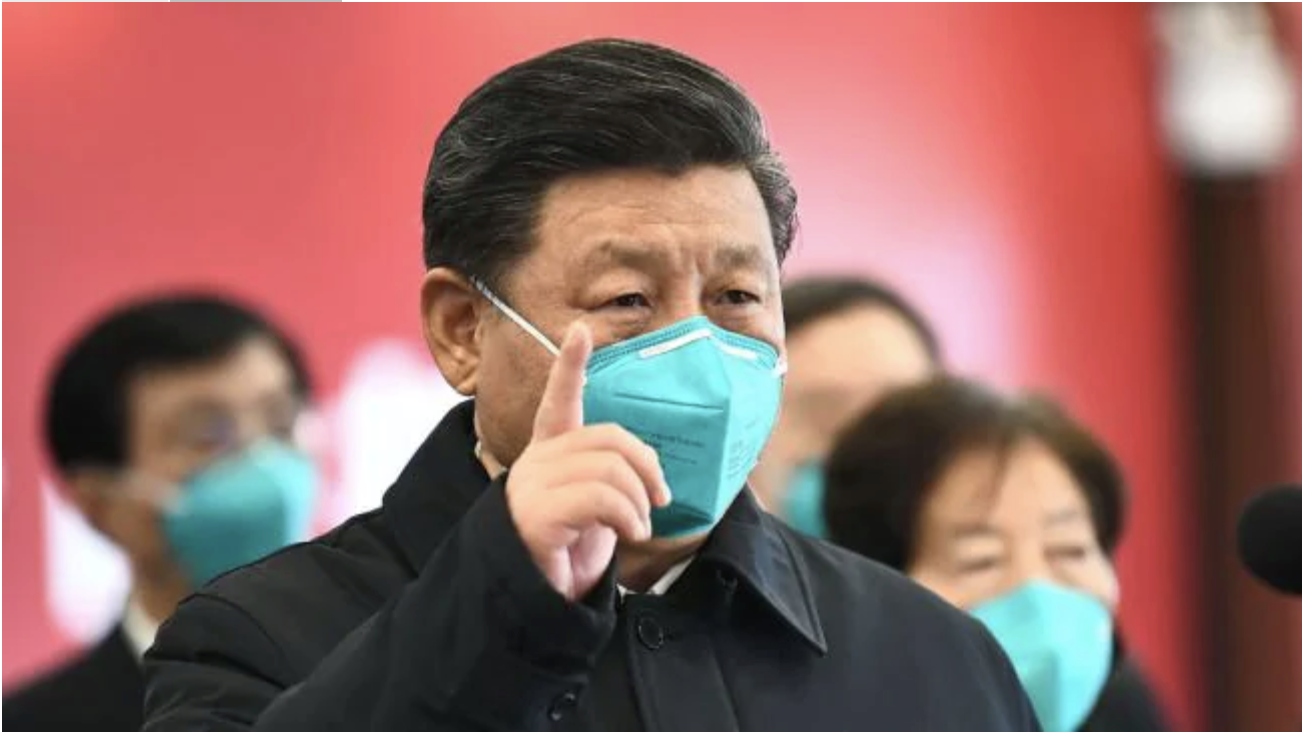
This article is more than
6 year old
China has just about defeated coronavirus. At least, judging by its own figures.
The country has been reporting a downward trend in new coronavirus cases since last month, while Wuhan – the epicentre of the outbreak – has now recorded a straight week of zero new cases.
RELATED: Follow the latest coronavirus updates
It’s a phenomenal outcome for a country that just two months ago was in a full-blown crisis, with millions in quarantine, a rapidly rising death toll and an economy threatened by millions of job losses.
But outside observers doubt the minimal community transmission rate, questioning whether the Chinese Government is just trying to win back the support of its citizens, and project an image of stability to the outside world.
CHINA’S FIGURES CALLED INTO QUESTION
China’s government currently claims there are 81,340 cases of COVID-19 in the country.
“I think there’s huge doubt about the numbers the Chinese Government is giving – both in terms of the numbers of the initial victims and the current numbers,” said Dr Malcolm Davis, senior analyst at the Australian Strategic Policy Institute.
“I certainly don’t believe the Chinese numbers, but it’s more about what the Chinese Government is doing than the actual numbers.”
He told news.com.au that even in a best-case scenario that the numbers were accurate, sending people back to work prematurely could see subsequent outbreaks across the country.
“The very fact that they’re restoring air links out of Hubei province, and people are going back to work suggests they maybe do have it under control. But I wouldn’t be so sanguine about the potential for second and third outbreaks of the virus in coming months.
RELATED: First virus cases tracked back to November
“So they might send people back to work and things will go back to normal, but then they’ll have another outbreak and suddenly things are back in lockdown. It’s just the nature of the virus.”
Science journal Nature made a similar point, noting that the virus had been suppressed, but not eradicated.
“New cases of COVID-19 have slowed dramatically in China, but some fear that once the country fully eases its control measures, the virus could start circulating again,” it said.
“It could even be reintroduced into China from the countries now experiencing outbreaks. Because China’s measures protected so many people from infection, a large pool of people have no immunity against the virus.”

A key problem with the Chinese Government’s tally of infections is that it doesn’t include asymptomatic infections in its final tally.
Earlier this week, Wuhan’s health commission published a Q&A explaining that patients who are asymptomatic are isolated, and only if they begin to show symptoms are they designated as confirmed and included in the data.
Another major problem is that different countries have different ways of counting cases. The World Health Organisation (WHO) classifies all people who test positive as confirmed cases regardless of whether they experience any symptoms.
Other countries, like South Korea, also do this. But on February 7, the Chinese Government changed its criteria, counting only patients exhibiting symptoms as confirmed cases.
The South China Morning Post reported earlier this week that more than 43,000 people had tested positive for the virus by the end of February, but did not show symptoms. They were not included in China’s official number of infections.
WHAT WOULD CHINA HAVE TO GAIN?
Over the past few months, Chinese authorities have been scrambling to protect Xi Jinping’s leadership and image.
The Chinese Government has had an ongoing credibility problem with its own citizens since the outbreak unfolded.
Authorities have been forced to monitor Chinese social media sites to remove floods of angry comments criticising the government’s handling of the outbreak, which was initially deemed delayed and reckless.
Just earlier this month, footage went viral on both Chinese and western media of Wuhan residents shouting “It’s all fake!” from their balconies during a tour by Vice Premier Sun Chunlan.
Authorities actively suppressed information at the virus’ outset, and silenced those who attempted to speak out about it.
Dr Davis suggests that, if downplaying the number, the Chinese Government would be attempting to project a false image of now having a handle on the situation.
“What they don’t want is for the rest of the world to think they have mishandled it,” he said. “Owning up to only 80,000 infections looks a lot better than, say, 400,000. I think it could be as simple as trying to downplay the significance of the virus in China, both for the Chinese people and the outside observers.”
Ultimately, he says we may never get conclusive answers. “I don’t think we’ll ever know the true number of deaths or the true number of people who got infected as a result of this.
“Not many people would actually believe what the Chinese Government is actually saying, and those that do are quite naive.”